toocoys
Guru
If you're part of CF or the CCCC forgive me, you'll have already seen this.
I've been offered a Flagship Marine a/c unit for my boat for a mere $300. It's 16,500btu, manufactured in 2005, and per the tag its a 240v. However, the seller took it from his 29' Bristol sailboat and swore that it ran on 115v 30amp service because he doesn't have 240 on his boat.
After doing some research, I noticed in the photos that the compressor is labeled 115v. (photos attached). Which means that the compressor was replaced at some point, or that the unit was frankensteined and converted somehow.
Furthermore, Flagship Marine uses a "heat coil" much like a hair dryer, instead of reverse cycle heating. While the mfg was quite adamant that the unit will not work on 115v, most people say that one leg of the 240 probably powers the A/C while the other leg probably powers the heat coil. I looked in the discharge area and I don't see any coils where they are depicted on Flagships website.
Since we live in Texas, I am the least bit concerned with the heat working as we never need it.
So I'm not sure if this is a good deal, or if this is going to turn out being a big hoorah trying to get it installed. The owner said that he would allow me to install it and make sure it was operational before paying him.
Thoughts? Testing advice? Buehler?
I've been offered a Flagship Marine a/c unit for my boat for a mere $300. It's 16,500btu, manufactured in 2005, and per the tag its a 240v. However, the seller took it from his 29' Bristol sailboat and swore that it ran on 115v 30amp service because he doesn't have 240 on his boat.
After doing some research, I noticed in the photos that the compressor is labeled 115v. (photos attached). Which means that the compressor was replaced at some point, or that the unit was frankensteined and converted somehow.
Furthermore, Flagship Marine uses a "heat coil" much like a hair dryer, instead of reverse cycle heating. While the mfg was quite adamant that the unit will not work on 115v, most people say that one leg of the 240 probably powers the A/C while the other leg probably powers the heat coil. I looked in the discharge area and I don't see any coils where they are depicted on Flagships website.
Since we live in Texas, I am the least bit concerned with the heat working as we never need it.
So I'm not sure if this is a good deal, or if this is going to turn out being a big hoorah trying to get it installed. The owner said that he would allow me to install it and make sure it was operational before paying him.
Thoughts? Testing advice? Buehler?
Attachments
-
 IMG_4575.JPG131.4 KB · Views: 92
IMG_4575.JPG131.4 KB · Views: 92 -
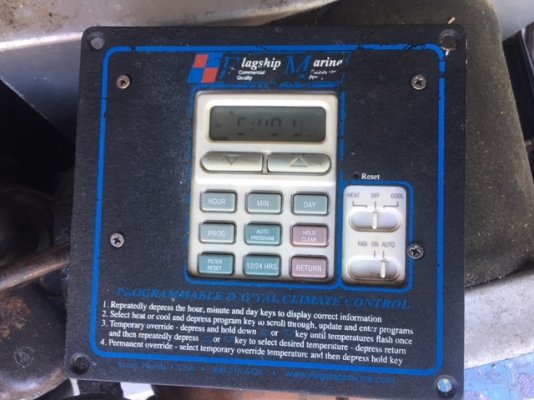 IMG_4576.JPG135.2 KB · Views: 91
IMG_4576.JPG135.2 KB · Views: 91 -
 IMG_4577.JPG146.9 KB · Views: 105
IMG_4577.JPG146.9 KB · Views: 105 -
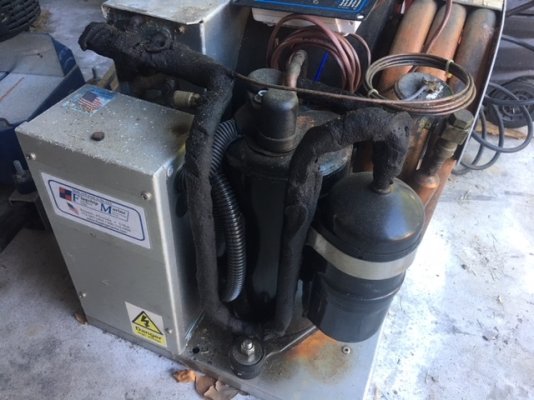 IMG_4579.JPG133.8 KB · Views: 96
IMG_4579.JPG133.8 KB · Views: 96 -
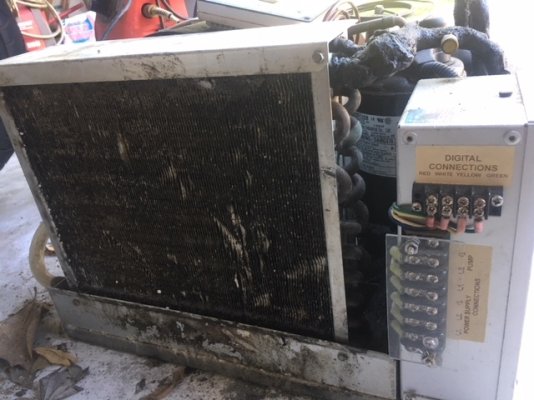 IMG_4581.JPG129 KB · Views: 99
IMG_4581.JPG129 KB · Views: 99 -
 IMG_4584.jpg94.4 KB · Views: 101
IMG_4584.jpg94.4 KB · Views: 101 -
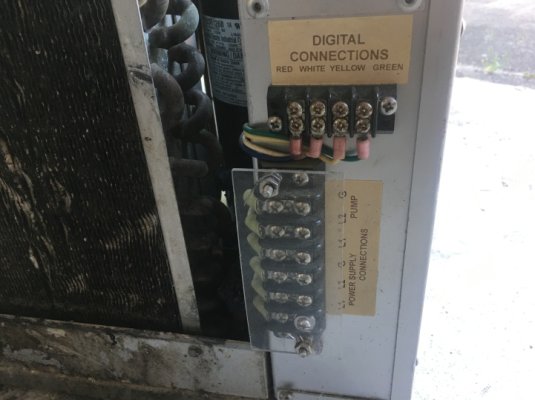 3270F58A9CFD478C9AA81B12110D8577.jpeg114.4 KB · Views: 107
3270F58A9CFD478C9AA81B12110D8577.jpeg114.4 KB · Views: 107 -
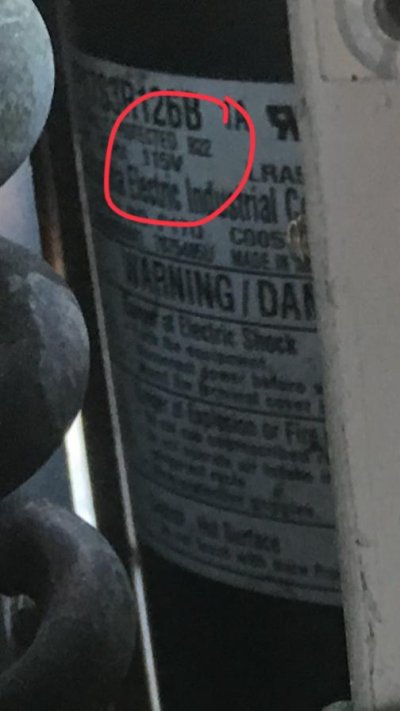 67DAA8C5637342FABB9754E263639E6F.jpg37.9 KB · Views: 95
67DAA8C5637342FABB9754E263639E6F.jpg37.9 KB · Views: 95


 And we still have 240V for large loads. No need for higher voltage for a table lamp, after all.
And we still have 240V for large loads. No need for higher voltage for a table lamp, after all.